Of the Corn is a type of plant from the grass family. From a global perspective, corn is one of the staple foods. The plant is also used as a fodder and energy crop.
What you should know about corn

Today's cultivated maize comes from the wild grass Teosinte. Prehistoric remains of balsas teo ink have been found in Panama, Mexico and Peru. It is estimated that the first varieties of corn, which are very similar to today's corn, were grown more than 9,000 years ago.
Several millennia later, the cultivated maize also came to Europe. Christopher Columbus discovered the maize plant in the Caribbean and brought it to Spain. From 1525 corn was grown in fields in Spain. The first written mention can be found in a book of herbs by Leonhart Fuchs from 1543. Maize has been grown in Germany since the 16th century. At first, due to the climatic conditions, the sweet grass was only grown in the Rhine region or in Baden. Only after food shortages occurred in 1805 due to a failed potato harvest, maize varieties were bred that could also thrive in central and northern Germany.
At that time, however, the maize was still mainly used to feed the cattle. Gradually, however, the maize was increasingly used to supply the population. It was used for soups, puddings, porridge or cakes. Maize is traditionally harvested in summer. The sowing takes place between April and May as single grain sowing. The seed spacing is around 15 centimeters, the row spacing is around 75 centimeters. The ripe cobs are harvested between mid-September and early October.
The cultivated corn is an annual plant with herbaceous growth. The height is between one and three meters. The stalk is covered by leaf sheaths and contains medullary. The leaves are arranged in stalks, with the ligule being torn. At the tip of the shoot are the panicle inflorescences. The piston-shaped infructescence develops from the ovary. At harvest time this contains the corn kernels. Depending on the variety, these can be red, yellow, white or purple.
Around 15 percent of the world's corn harvest is used as food. The majority is fed to farm animals. 20 percent are used elsewhere and processed further. Corn is the most important staple food for more than 900 million people. Many people in East and South Africa or in the Andean regions get their energy mainly from maize. In Germany, only a small proportion is used for direct consumption. Parts of the grains are processed into corn starch, corn grits, glucose syrup, corn oil, popcorn or tortillas.
Importance to health
Corn is a staple food in many parts of the world for good reason. It offers a balanced mix of carbohydrates, fats, minerals and proteins. In particular, the content of B vitamins is worth mentioning. In addition, there is the high starch content of the plant. This makes the maize particularly nutritious.
Corn oil and corn starch are used as remedies. The oil consists mainly of linoleic acid and oleic acid. Vitamin E and phytosterols are also included. Corn oil is cholesterol-free and is therefore ideal for a low-cholesterol diet. With its high content of healthy fats and vitamin E, the oil from the corn germ is considered a valuable and healthy edible oil. The corn starch is used as an adjuvant in the manufacture of medicines.
Ingredients & nutritional values
| Nutritional information | Amount per 100 gram |
| Calories 365 | Fat content 4.7 g |
| cholesterol 0 mg | sodium 35 mg |
| potassium 287 mg | carbohydrates 74 g |
| protein 9 g | magnesium 127 mg |
For the most part, maize consists of water. In addition to water, it also contains fats, proteins and carbohydrates. The carbohydrates consist mainly of fructose, glucose and sucrose. Immediately after the harvest, the corn tastes very sweet due to this sugar content. The longer it is stored, the more sugar is converted into starch.
Stored corn therefore tastes less sweet. Corn contains numerous vitamins. These include provitamin A, vitamin C, vitamin E and various vitamins from the B group. It also contains minerals such as potassium, calcium, iron, sodium, phosphorus, zinc and magnesium. Corn also has various essential amino acids such as leucine, phenylalanine, threonine and isoleucine on board. 100 grams of fresh corn kernels contain 330 calories. The calorie content of canned corn is around 80 calories per 100 grams. Dried corn has 370 calories.
Intolerances & allergies
Corn allergies are rare, but they can happen. The allergic symptoms then mainly occur after consuming corn starch. Otherwise maize is usually well tolerated. Since corn is gluten-free, cornmeal is often used for baking by people with gluten intolerance. Corn is one of the few grains that does not contain gluten.
Shopping & kitchen tips
Fresh corn from the field is available at the weekly market at harvest time. The cobs are then still in the green corn leaves. The so-called corn beard is also still preserved in fresh corn. In the supermarket, corn on the cob is usually available pre-cooked in a can or in vacuum packaging. Alternatively, you can use the individual grains loosened by the piston in the can.
There is not much to consider when storing canned corn. Canned maize can be kept for several years. Of course, the best before date on the packaging should be observed. The canned food should be stored in a dark and cool place and not in direct sunlight. The vacuum-sealed and shrink-wrapped corn cobs also last a long time. At best, they should be stored in the refrigerator.
However, fresh corn on the cob should be consumed as quickly as possible. If they are stored too long, the sugars they contain will turn into starch. The cobs then no longer taste juicy and sweet, but take on a floury taste.
Preparation tips
Particularly tender types of sweet corn can even be consumed raw. Usually, however, the grains and cobs are eaten cooked. The corn can be enjoyed on its own as a cob. All you have to do is cook it in boiling water for a few minutes. It can also be prepared on the grill after a short pre-cooking. The corn kernels can easily be removed from the cob with a knife. The freshly dissolved grains taste more aromatic than the canned grains. The cobs taste particularly good with a little butter and with salt and pepper. Fresh herbs also go well with the flasks.
Some varieties of corn cannot be consumed directly due to their high starch content. They are then ground into corn flour. Corn flour can be used to make tortillas. Tortillas are filled with meat, cheese, vegetables and sauces or served with chili con carne. Polenta can also be made from corn. Polenta is a porridge that is cooked from corn grits. Polenta is a traditional dish in Italy, Provence and Spain. The polenta is served with melted butter, Parmesan cheese, pasta or with a brown sauce. It also serves as an accompaniment to ragouts and stews.

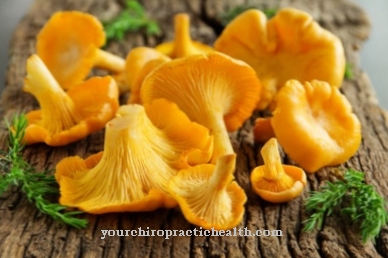
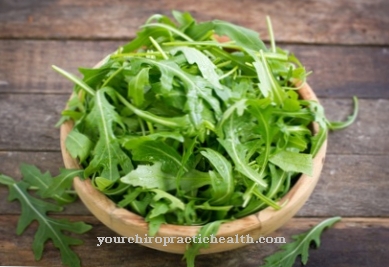
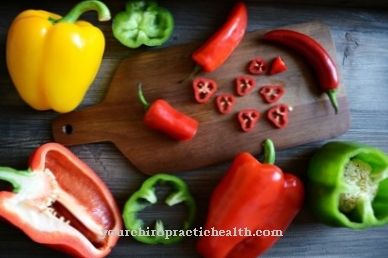

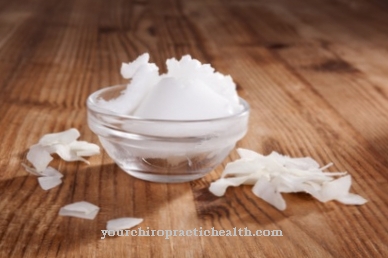
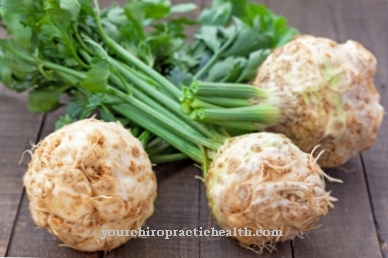


















.jpg)

.jpg)
